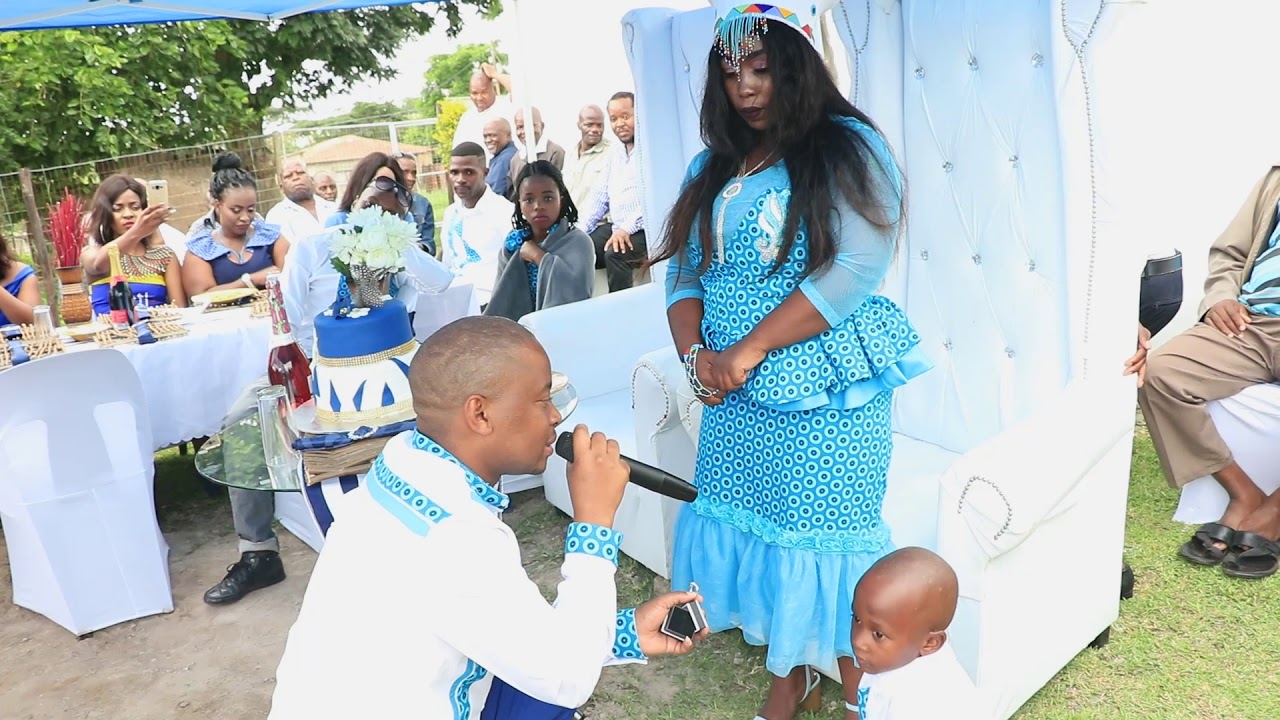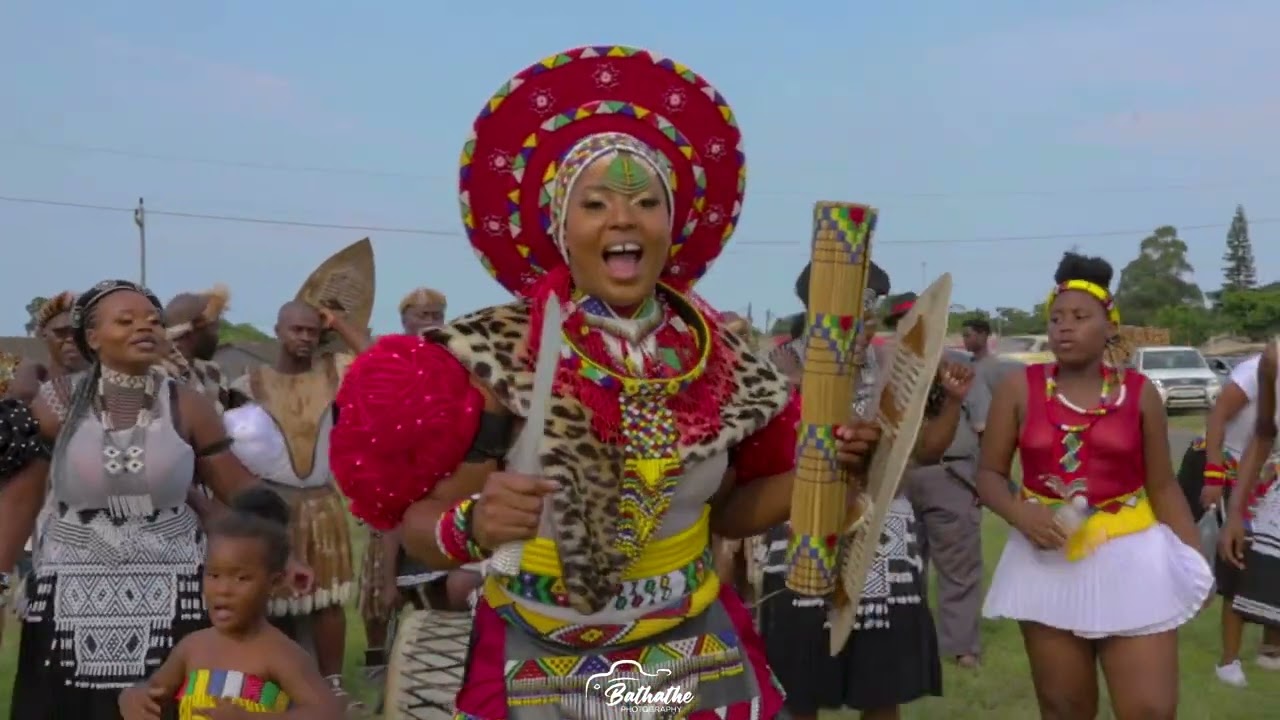Wedding traditions are informed by a society’s culture and history. Learning about a society’s wedding customs allows us to discover more about that society as a whole. Incorporating these customs into your ceremony is an excellent way to connect with your ancestry.
South Africa is a multicultural country with fascinating and unforgettable wedding traditions. Examples include the Izibizo, Umbondo, the 12 symbols of life, and the Umabo. Below are 22 wedding customs in South Africa with their meanings and significance.
Magical South African Wedding Traditions
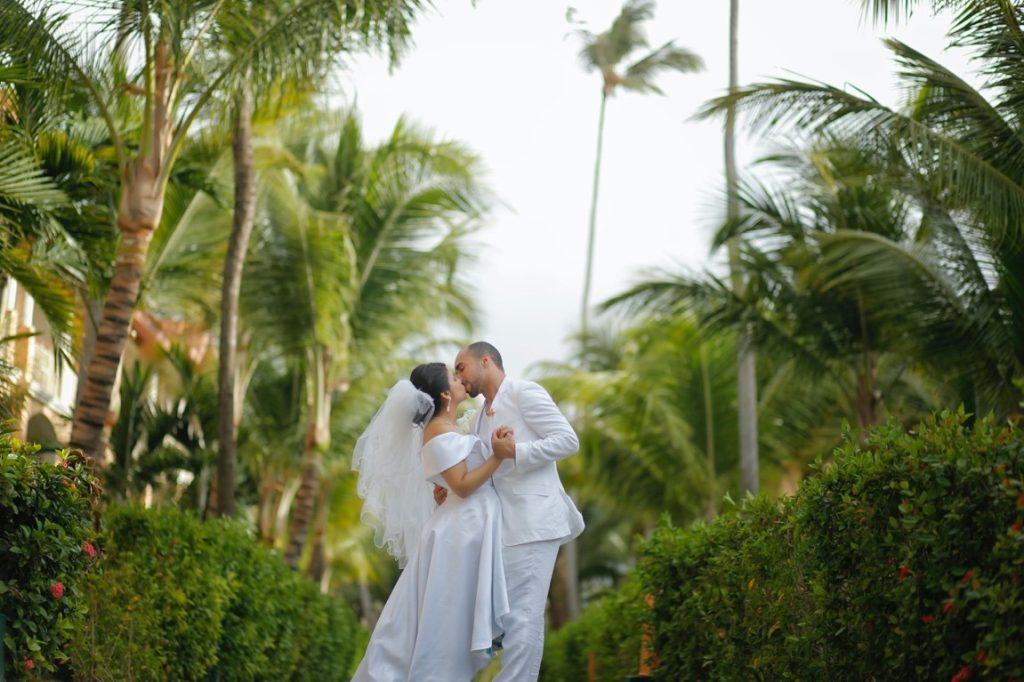
Before the Wedding Ceremony
1. Sending a Proposal Letter
This South African wedding tradition is mainly practiced in Zulu ceremonies. Zulu is both a nation and a populous ethnic group in the country.
The groom writes a proposal letter with the help of his family. This letter consists of a declaration of intent to marry, along with a schedule for a Lobola — a negotiation or engagement party.
The bride’s side will reply with a letter, either agreeing with the schedule or proposing another date for the Lobola.
Families purchase ornate frames and use high-quality stationery to mark the significance of these pieces of paper.
2. Lobola (Bridewealth)

Once the agreed date comes, the two families will meet for an engagement ceremony. The term lobola may refer to the ceremony itself, though it commonly means the bridewealth the groom’s family has to pay the bride’s family.
This bridewealth can be cash, food, or a combination of other types of items and resources. Both families can negotiate how much the groom’s side needs to pay, but the couple’s parents cannot participate.
Ultimately, the South African wedding custom of paying bridewealth represents the union of two people and two families. The bridewealth will also aid the newlyweds in this new chapter of their lives.
3. Raising a Flag
Members of the community will visit the houses of both families. They will bring two flags and raise one in each house, letting everybody else in the community know that someone will be getting married soon. This act takes place a couple of weeks before the wedding.
4. Resources from the Community
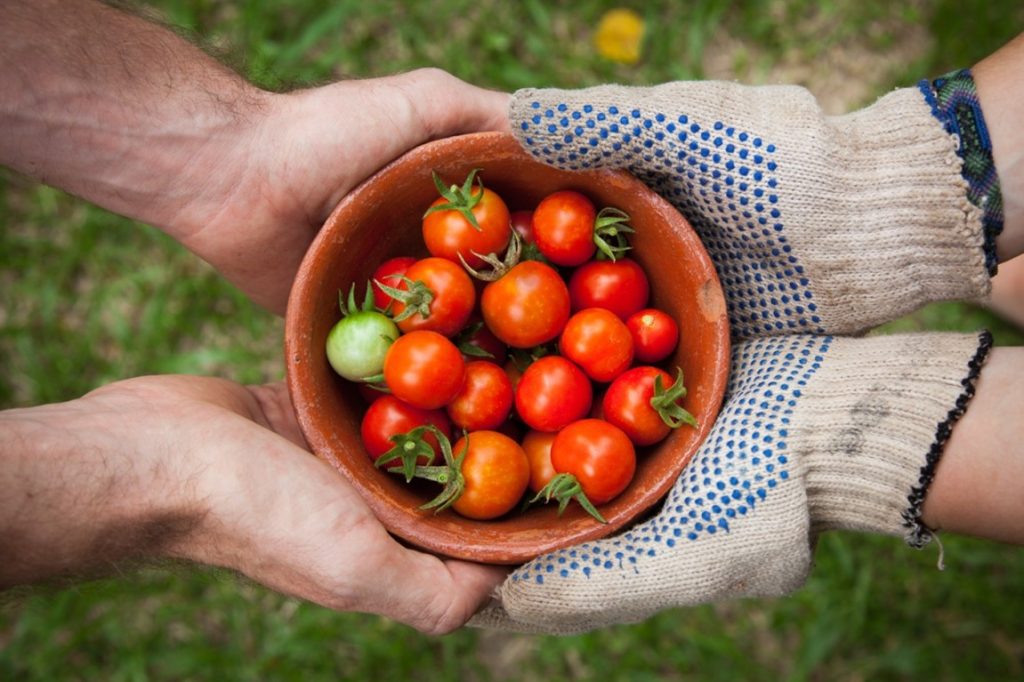
Over the next few weeks, the couples and their families plan what to cook for their wedding ceremony. One amazing thing about wedding customs in South Africa is their emphasis on community.
Female members of a stokvel, a rotating saving scheme that collects funds from its members regularly, may bring the ingredients needed for the food. On the wedding day, they may also volunteer to cook and brew beer for the couple’s ancestors.
During the Wedding Ceremony
A typical wedding ceremony in South Africa can last three days, starting on Friday and ending on Sunday. There are unique and lively traditions each day.
5. Izibizo (House Visit by the Groom)
On the Friday before the wedding weekend, the groom’s side of the family will visit the bride-to-be at her family home. They bring gifts with them for the bride and her family.
The two families also start the celebrations during this house visit. They sing traditional songs together, dancing to their tunes.
6. Umbondo (House Visit by the Bride)
Immediately after the Izibizo, the bride’s side of the family must also pay a visit to the groom’s family’s house. This ceremony can take place on late Friday or early Saturday morning. The bride usually buys groceries and other items to give as a gift.
The bride can use part of the bridewealth to buy these gifts. In Rural areas, the bride’s family can publicly display these gifts for everyone to see.
7. Honoring Ancestors
Before the actual wedding ceremony, the couple pays respect to their ancestors by chanting prayers. Concurrently, they spray water or beer on the ground.
8. Traditional Bridalwear
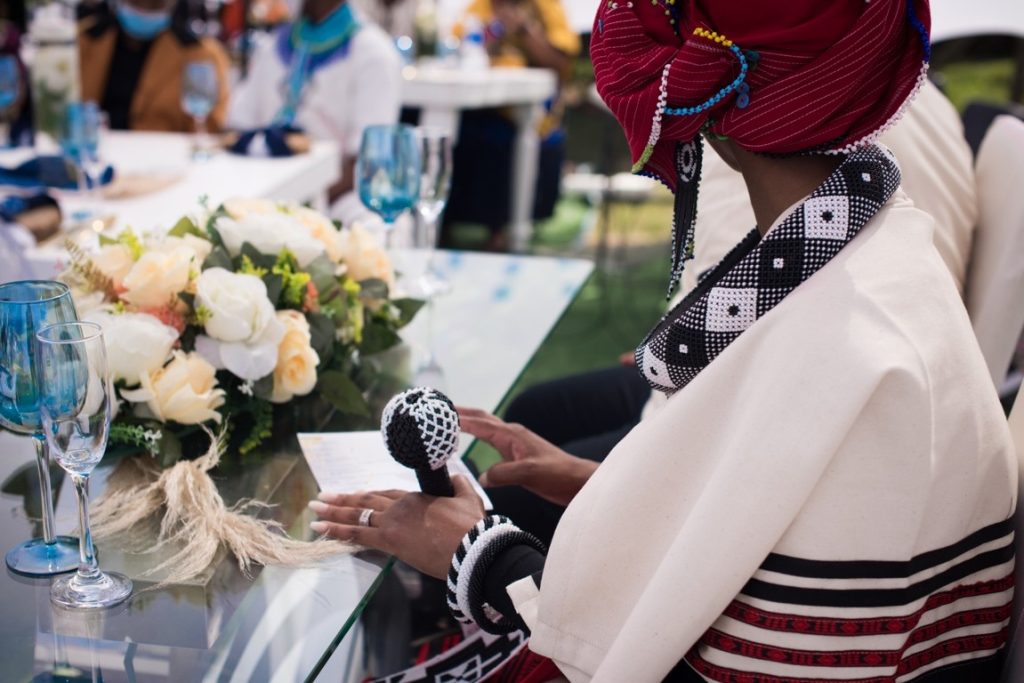
Given the richness and diversity of South African cultures, couples will have different attires depending on their location and ethnic affiliation.
- Bantwane – blankets, beads, different colors, and patterns
- Ndebele – colorful prints, elegance
- Shweshwe – avant-garde, creative patterns, cottony cloth
- Tsonga – extremely colorful, floral motifs, prints
- Venda – colorful fabric with stripes, often featuring reds, yellows, oranges, blues, and greens
- Zulu – Ischolo (traditional hat), beadwork
The groom wears a suit and tie, with elements that match the bride’s outfit.
This list is not exhaustive, and the traits listed are general and not comprehensive. Each culture has a rich repertoire of wedding attire characteristics; global and local trends also influence what couples wear.
9. The 12 Symbols of Life
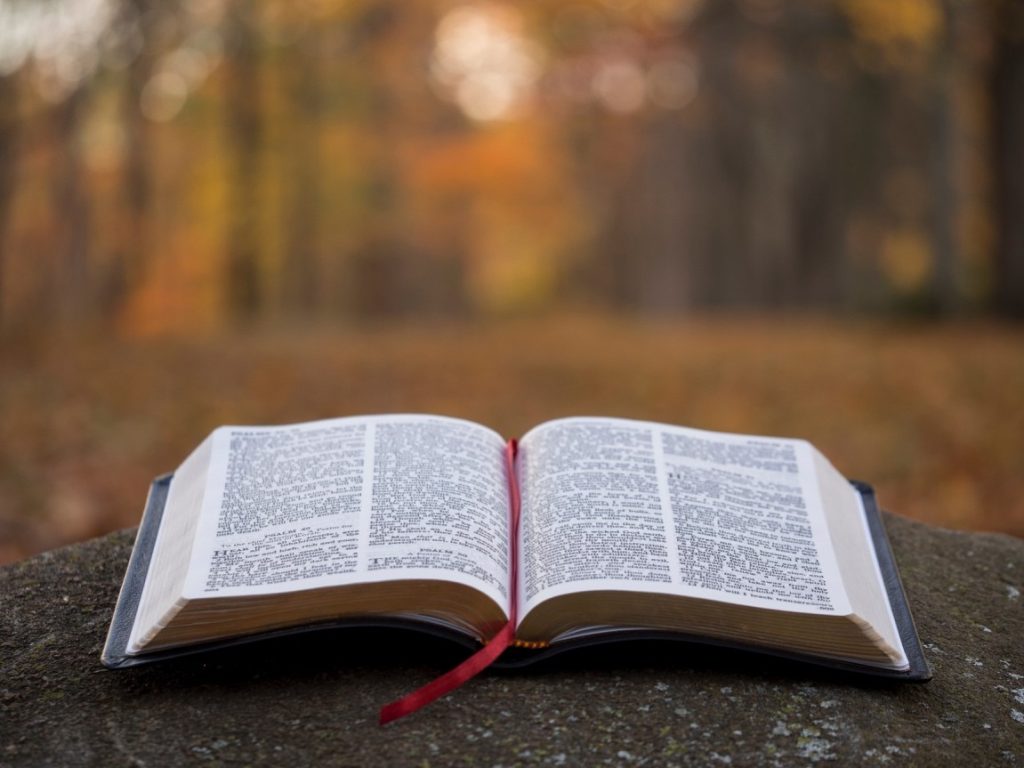
At every South African wedding, you will always see these 12 items incorporated into the ceremony. Couples can use them as decorations or be more creative in how they include them. Furthermore, each item has a special symbolism:
- Bitter Herbs – trials and tribulations in marriage
- Broom – wellness and cleanliness; “sweeping away” the old and welcoming a new chapter of their lives
- Honey – sweetness and love between the newlyweds
- Pepper – ‘heated’ and challenging times
- Pot and Spoon – healthy food for building a family
- Salt – the act of persevering and preserving one’s marriage
- Scripture – God’s power and will; the Bible or the Quran
- Shield – pride and honor of one’s home
- Spear – the need to protect one’s community and home
- Water – integrity and purity; washing away negative feelings and outlooks.
- Wheat – land, life, and fertility
- Wine – the coming together of two families
10. Umabo Ceremony
Some South African couples choose to perform both a traditional ceremony and a Western-inspired wedding. Umabo refers to the traditional wedding ceremony performed primarily by the Zulu.
This ceremony starts with the bride’s father escorting her to the groom’s home. Afterward, he informs their ancestors of his daughter’s union.
The bride acquaints herself with the groom’s ancestors by walking around the house’s perimeter. She has to enter the house as discreetly as possible, and the groom’s family must pay some money to the bride’s family as an ‘apology’ for not fetching her.
Men then slaughter some animals, which they will then use to cook the food for the celebration. Afterward, the guests will give their gifts to the couple.
The last part of a traditional Umabo ceremony involves the bride putting together a makeshift bed. She escorts the groom to the bed, asking him to sit down. Reminiscent of a foot-washing unity ceremony, the bride must wash the groom’s feet with water and soap.
The groom proceeds to lie on the bed. After some time, the bridesmaids will approach the groom with sticks and poke him, making the groom run away.
The ceremony concludes with singing, dancing, and eating.
11. Tying the Knot
Similar to a wedding rope ceremony, it is a South African wedding tradition to bind the couple’s wrists with grass. This act represents their union as a married couple.
After the Wedding Ceremony

12. Traditional Food for the Guests
As mentioned, women make the food for the wedding. You might see a menu that consists of potatoes, salads, meats, vegetables, and starchy dishes. Homebrewed beer is also served.
Food servers must prioritize elders from the families and the community. This act shows them respect and reverence.
13. The Taste of Four Elements
The ‘four elements’ refer to lemon, vinegar, pepper, and honey. This selection—and its taste profile—symbolize the ups and downs, the better and the worse, of marriage.
These items can be incorporated into the food and the wedding decoration. You can also simply put lemon, vinegar, pepper, and honey on each table.
14. Blessing the Karamu (Feast)
Karamu refers to the wedding feast. The delicious food prepared by the women cannot be served until the oldest man at the celebration gives his blessing over the food. He must also say his well-wishes to the newlyweds. Only after this act can the reception properly start.
15. Feeding the Groom
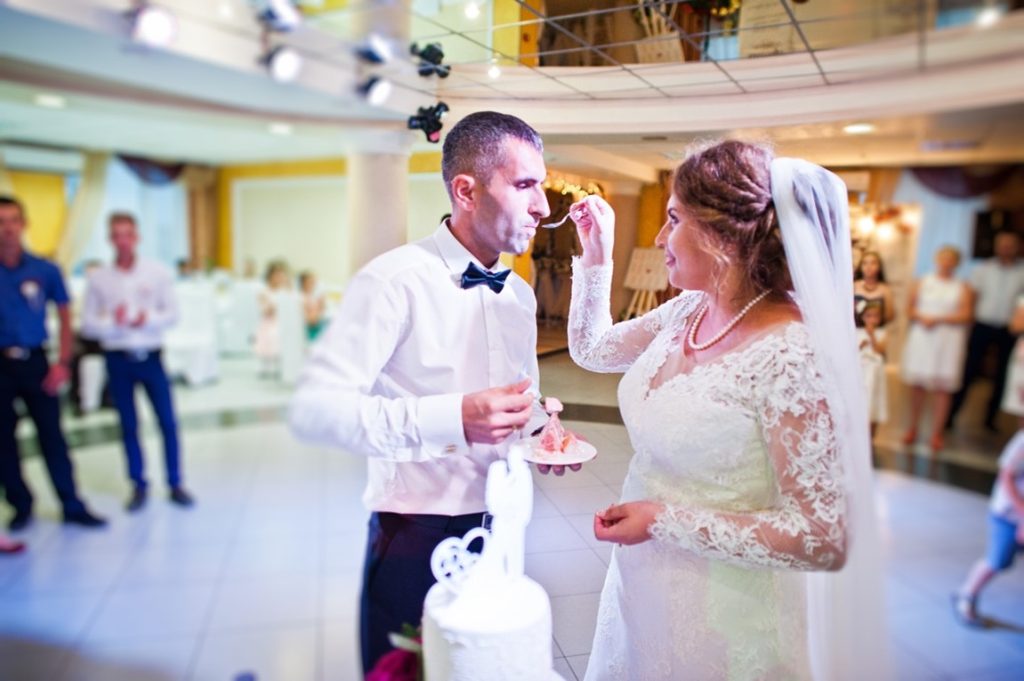
Older female family members will come up to the groom and feed him. They do this act to demonstrate to the bride the ‘proper’ way to feed him.
The bride has to feed the groom ‘successfully’ in their eyes, which shows everyone how much and how well she cares for him.
After this ritual, the bride can finally present the groom to her side of the family as her husband.
16. Exchanging Kola Nuts
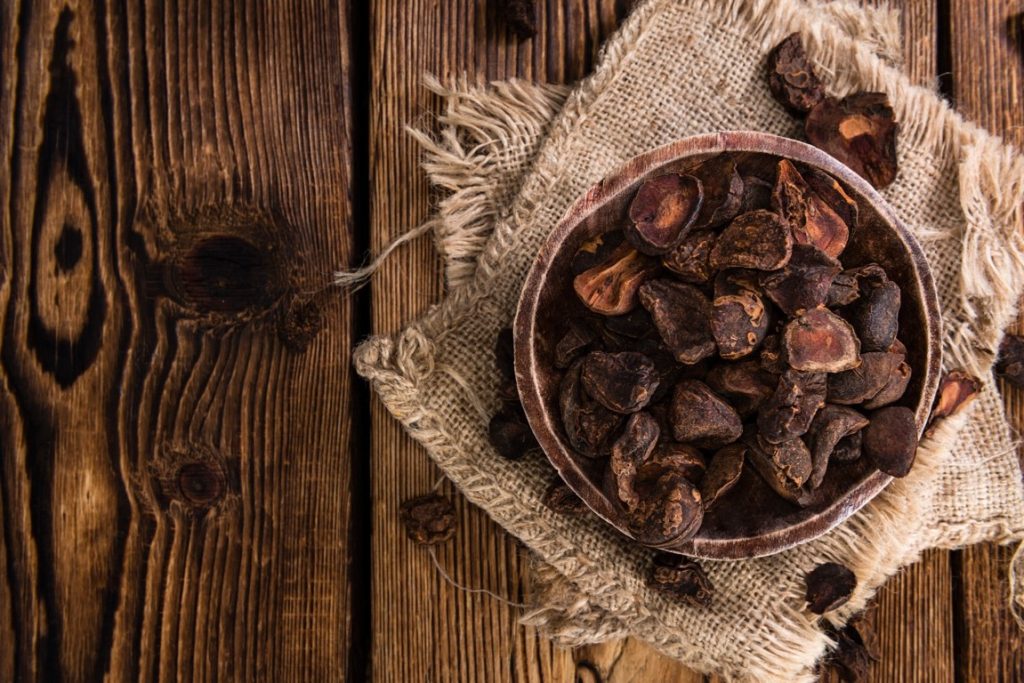
Kola nuts are native to tropical Africa. They contain caffeine and are typically used to make medicine and soft drinks.
In South Africa, Kola nuts signify resilience, perseverance, and the healing power of connections. Wedding guests give each other Kola nuts as a physical manifestation of thoughtfulness.
Couples can also incorporate Kola nuts in their wedding decorations.
17. Money Dance
This tradition in South African weddings might seem familiar, as various countries like Mexico and Portugal also have it.
The couple takes to the dance floor and dances with each other. Guests approach them to throw money toward the newlyweds; the guests can join them afterward or go back to their seats, depending on their preference.
18. Everyone Gets a Gift
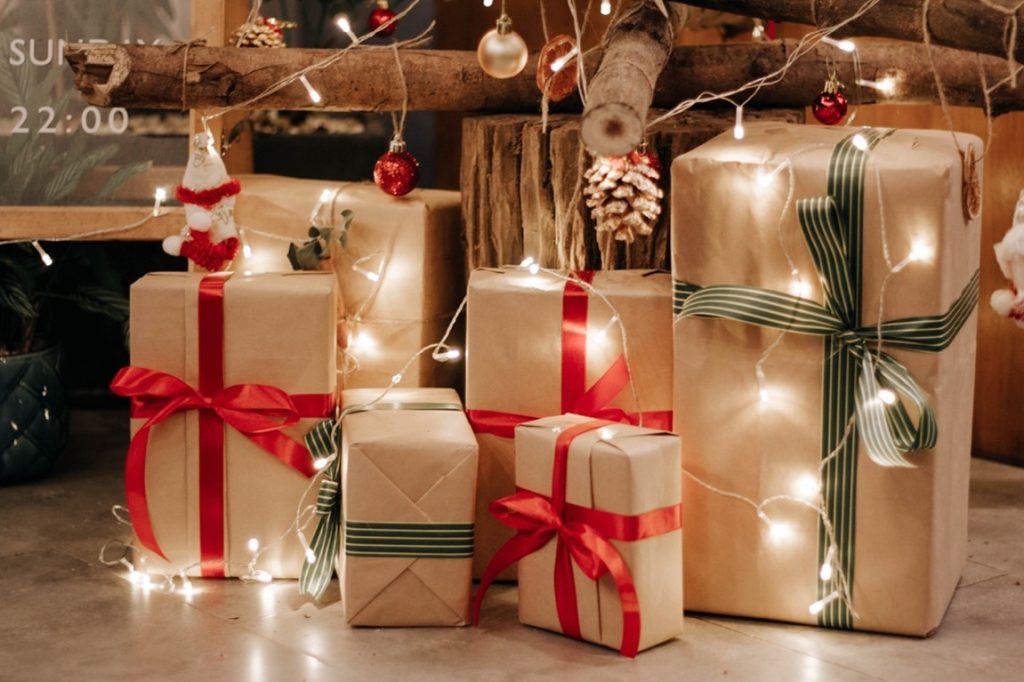
The bride’s family must prepare gifts to give to members of the groom’s family. The groom’s side must do the same thing.
Older women receive a gift first, then the groom’s sisters. Other male members of the family receive theirs, then the groom gets his.
The bride’s family is also responsible for gifts for their guests. Traditional choices include brooms, house tools, furniture, beer pots, and grass mats.
19. Somewhere Over the Threshold
The groom must carry his bride over the threshold as they enter their new home. Practically, this act ensures the bride does not trip on her dress. Symbolically, the newlyweds are warding off any malevolent spirits, with the husband protecting his wife from their evil acts.
A similar South African wedding tradition is jumping a broom. As people bang loudly on drums, the couple must jump over a broom to symbolize the start of their marriage and the new chapter of their lives. Couples can embellish the broom as much as they want.
20. Catching Fire
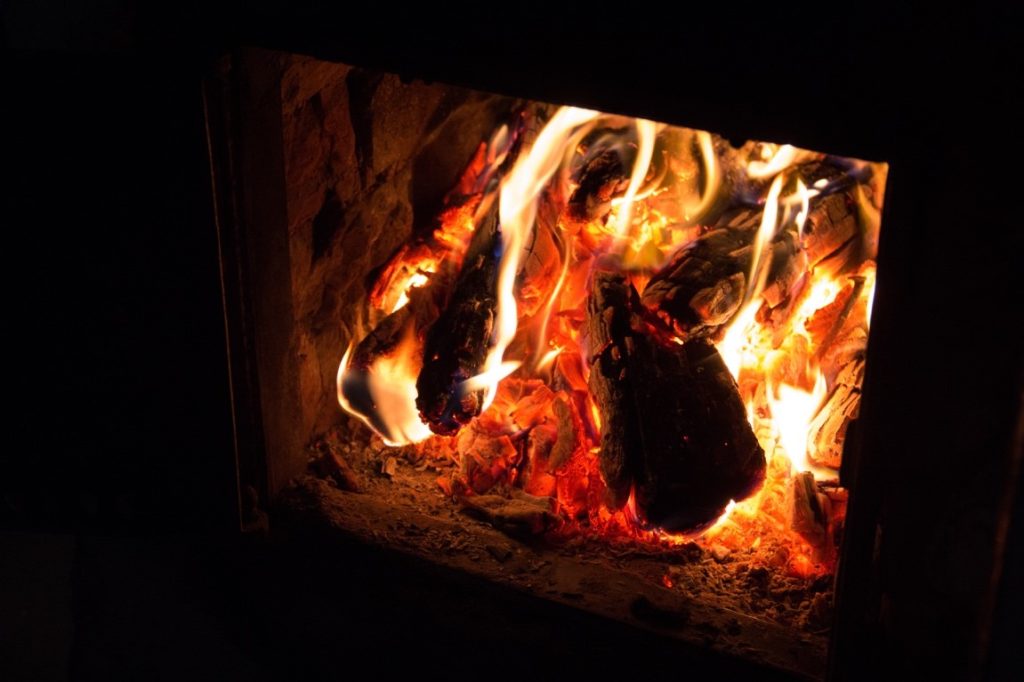
As an expression of approval of the union, the newlywed’s parents will start a fire on the hearth at their family home. Afterward, they will carry part of that fire and use it to start a fire in the newlywed’s own home. This act also symbolizes their well-wishes.
21. Hurling Insults at Each Other
Some families practice the tradition of exchanging insults at their wedding celebration. The bride’s family will hurl insults at the groom’s side, to which the latter will retort louder and with worse insults.
22. Tying a Shoe at the Back of the Car
The father of the bride may tie a shoe at the back of the groom’s car. This act symbolizes that the responsibility for caring for, providing for, and protecting his daughter is now on her husband’s shoulders.
